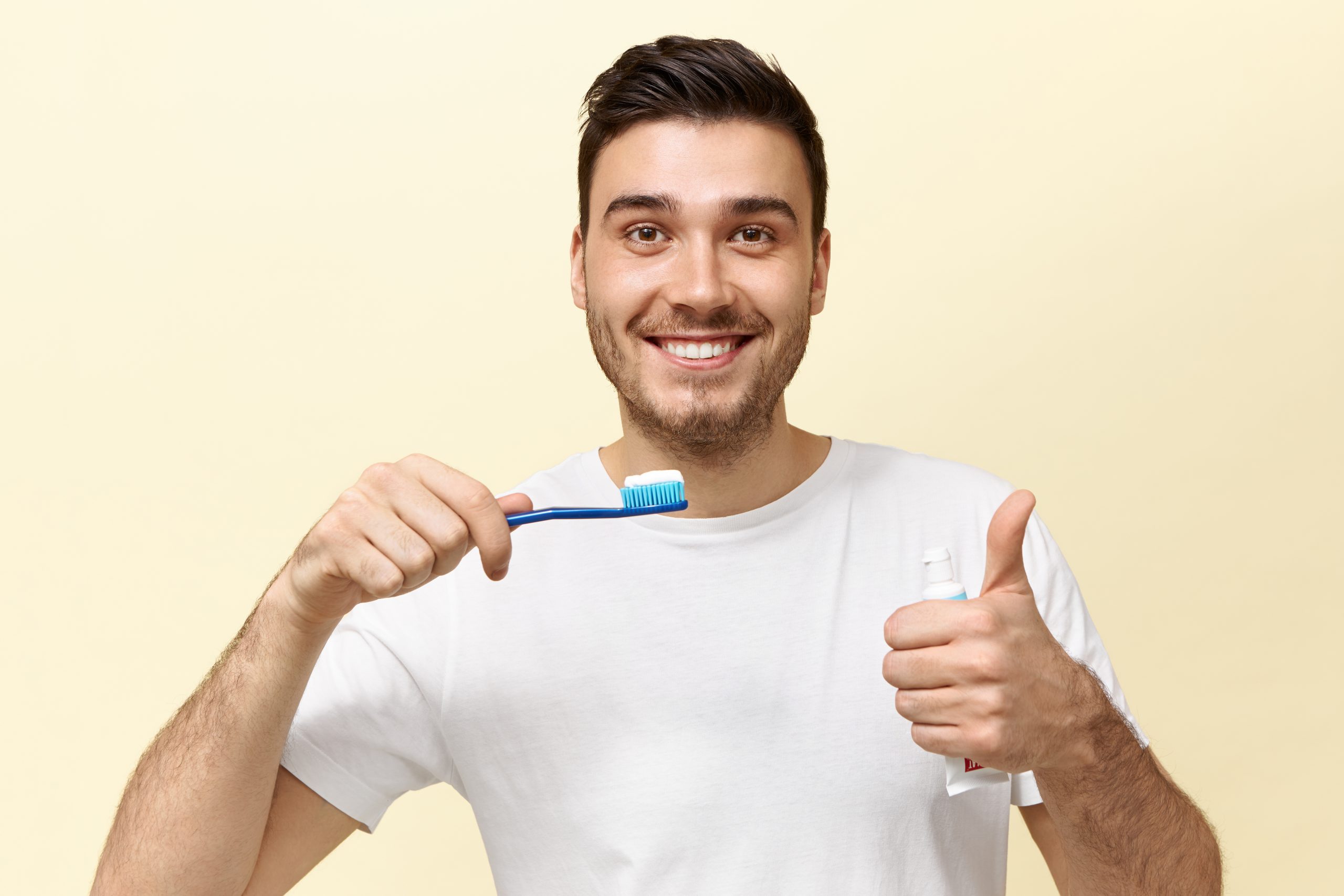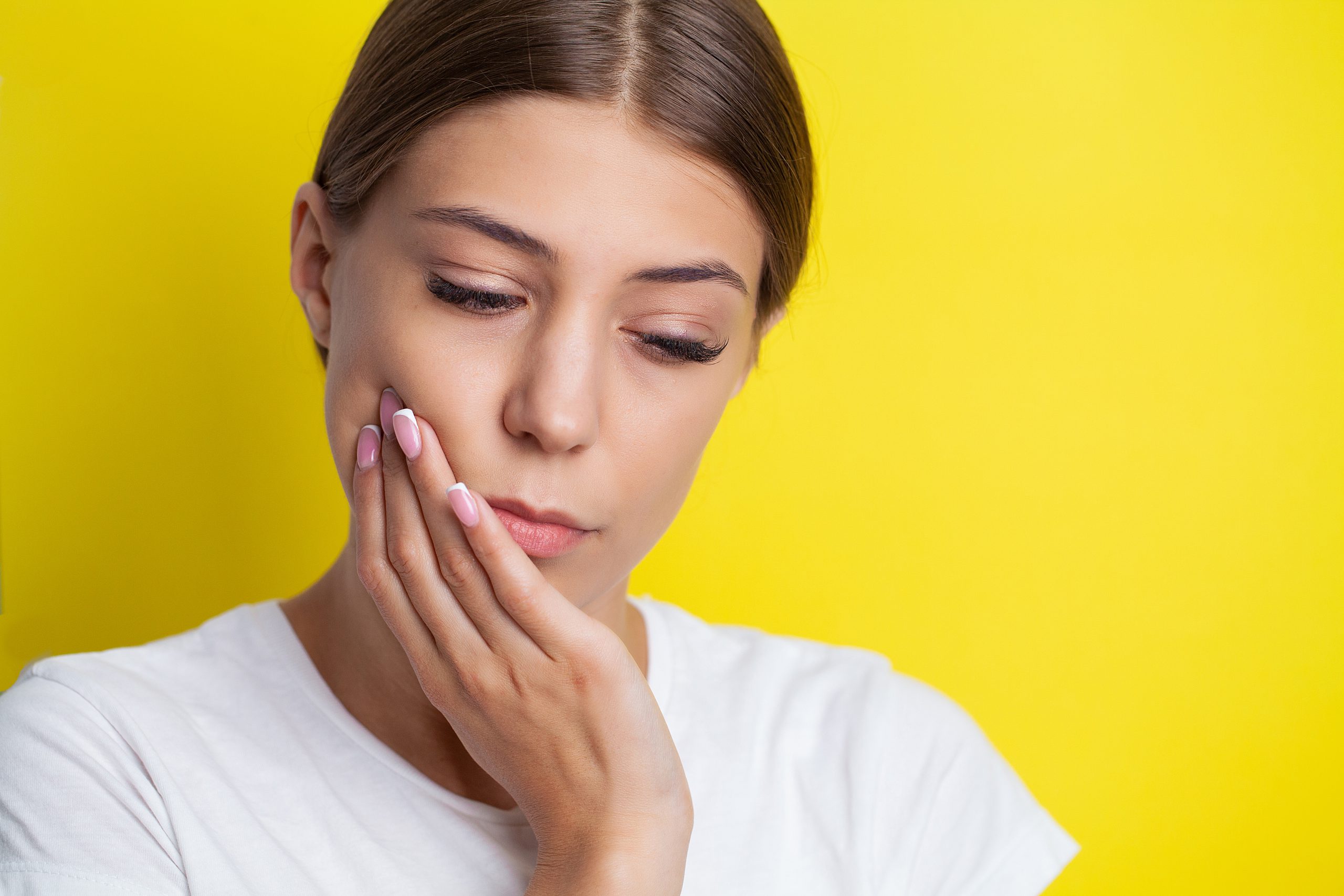Whilst it may appear easy and straightforward, there are always corrective measures in how we can brush our teeth.
Teeth brushing is one of the essential ways in which we maintain oral hygiene. Here are some tips in how to correctly brush your teeth.
- Are you using the correct toothbrush?
The choice and quality of toothbrush is very important when brushing. Everyone needs to choose a toothbrush which suits their needs, the aim of which is to ensure that you can reach even the most difficult areas in your mouth. The toothbrush should have either soft or extra soft bristles so there is no erosion of tooth enamel.
- Forceful brushing.
Dental plaque which lodges in teeth is soft. Therefore, you do not need to brush forcefully, but softly over the surface of the teeth so the plaque is removed.
- Time
The average time for brushing your teeth is approximately 120 seconds (2 minutes). Due to time constraints in the morning or fatigue in the evenings, we often shorten the time spent brushing our teeth which is one of the biggest mistakes we make. Do not shorten the time spent brushing your teeth due to constraints, ensure that you spend 4 minutes per day on your teeth, they deserve this commitment.
- Changing your toothbrush
Your toothbrush should only be used for 3-4 months. It should not be placed in a case, as this can cause bacteria to form and spread. It should be kept in an open toothbrush holder, and if the colour or shape of the bristles changes then toothbrush should be changed. The quality of the brushing of teeth is compromised with a damaged toothbrush, and your teeth will not have the appropriate care.
- Brushing from left to right.
The brushing should be gentle, without force, in an upward and downward motion with circular movements. In the upper jaw brush downward and in the lower jaw in an upward motion. Brushing from the left to the right ensures that you are removing dental plaque as well as ensuring that you are not lodging it not the interdental spaces (spaces between the teeth).
- You forget the gingiva
When brushing our teeth, many of us waste time and attention on the bite areas and forget the area which the gingiva meets the tooth. In between he tooth and the gingiva, there is an area, the gingival area, in which bacteria regularly accumulates. It is very important that brushing should focus on the junction between the gingiva and the teeth.
- Brushing the tongue
It is recommended that after you brush your teeth that you massage your tongue with the part of the toothbrush which is used for that function. That can be found at the back end of the toothbrush.
Devote time and attention to your teeth and remember that you are creating a smile which you deserve and can be proud of.




